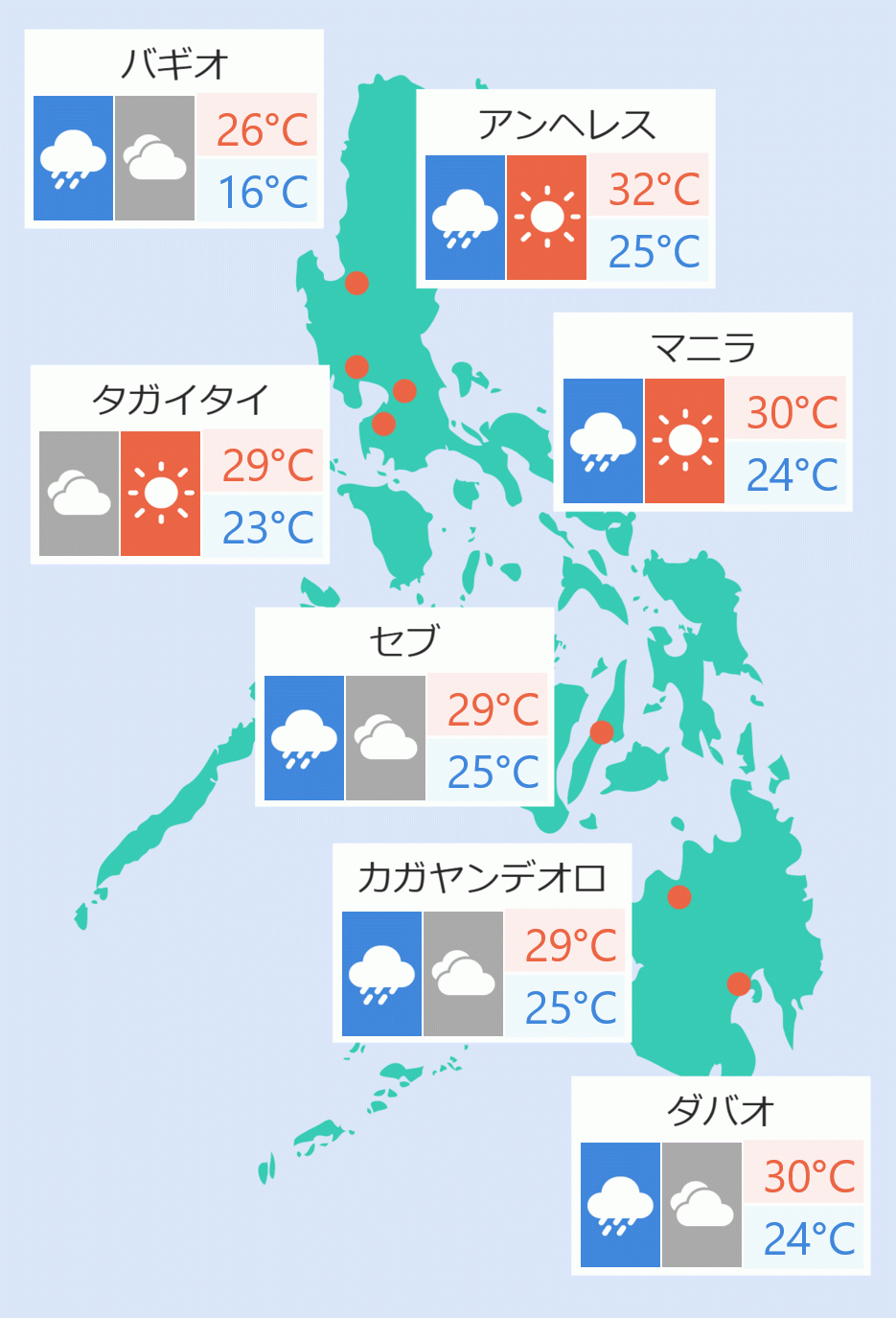The inflation rate for the month of November slightly increased to 2.5 percent from 2.3 percent in October .despite the notable decline in rice inflation which dropped to 5.1 percent from 9.6 percent in previous months.
In a press conference on Thursday, Philippine Statistics Authority (PSA) Undersecretary Dennis Mapa explained that despite the over four percentage point drop in rice inflation overall inflation still increased due to inflation in meat, vegetables and fish or other seafoods.
"The price of rice decreases or the inflation rate of rice has slowed down but because of the weight of these three other commodity groups, which includes meat, fish and vegetables (this) cause the increase of the inflation in the month of November," he said.
However, the Bangko Sentral ng Pilipinas said ''the balance of risks to the outlook for 2025 and 2026 has shifted to toward the upside.''
In a statement, the BSP said these should come from ''potential adjustments in the electricity rates and higher minimum wages in areas outside Metro Manila.''
Average inflation from January to November is at 3.2 percent, ''comfortably within the government's target range of 2 to 4 percent'', said the National Economic and Development Authority (NEDA).
NEDA Secretary Arsenio Balisacan said "despite the strong typhoons our country faced in recent months, consumer prices have remained relatively stable."
"This demonstrates the resilience of our economy and the effectiveness of our policies," he said.
However, Balisacan said the government is closely monitoring prices of commodities, especially food, in the wake of successive typhoons in October and November.
He noted that these typhoons adversely affected food supply and logistics, resulting in a rise in food inflation to 3.5 percent from 3 percent, with vegetable inflation accelerating to 5.9 percent from -9.2 percent deflation in October.
Based on PSA monitoring, the price of regular rice dropped to P49.24 in November from P50.22 in October, well milled rice from P55.22 to P54.64 and special rice from P63.97 to P63.72.
Mapa expects that rice inflation will continue to slow down this month.
"The inflation rate for rice is expected to slow down. We saw this past month for example last August's inflation rate was 14.7 percent then last Sept. it was 5.7 percent, the inflation rate of rice increased in October to 9.6 percent and then dropped in November by 5.1 percent, so the expectation of PSA is that the inflation rate is going down. In terms of level we also saw a decrease in the actual price which is more important," he said.
During last Monday's meeting, the Development Budget Coordination Committee (DBCC) of the NEDA Board projected that full-year 2024 inflation would average between 3.1 to 3.3 percent, significantly lower than last year’s average inflation rate of 6 percent.
The DBCC maintained the inflation assumption of 2.0 to 4.0 percent from 2025 to 2028.
“We are committed to maintaining price stability by ensuring inflation remains low and manageable. This will be supported by prudent monetary policies and strategic trade measures in the near term, as well as improved access to quality job opportunities and productivity-enhancing reforms in the medium term” said Balisacan. Robina Asido/DMS



 日本語
日本語
 English
English








